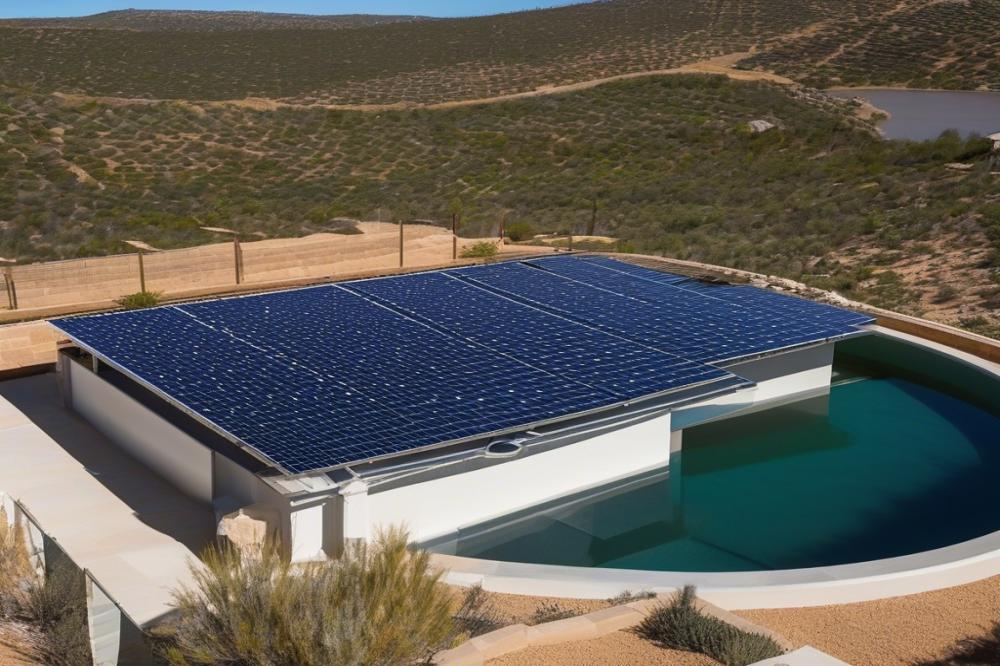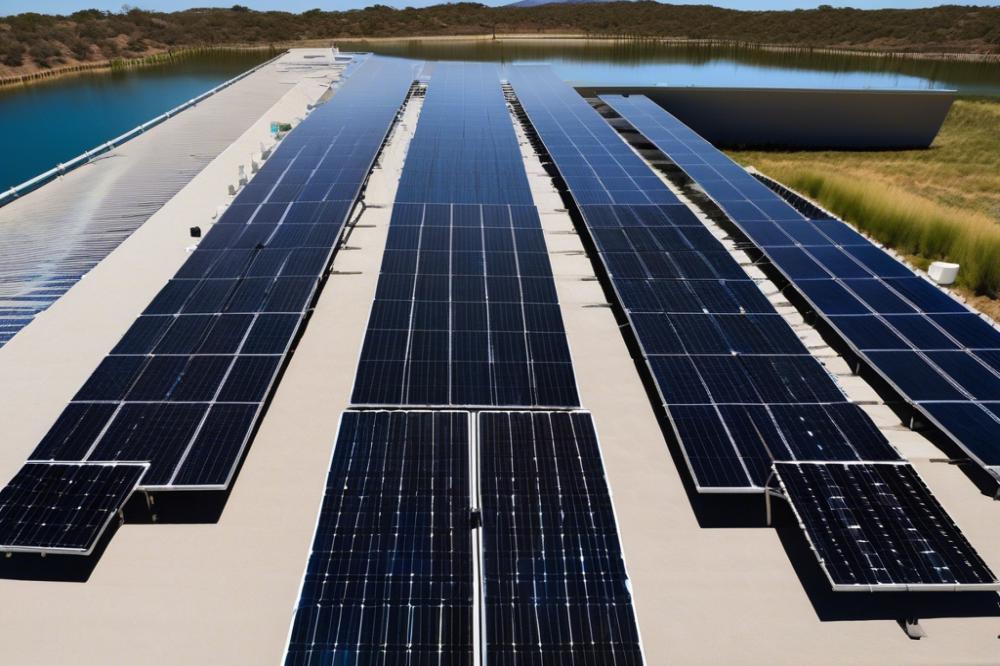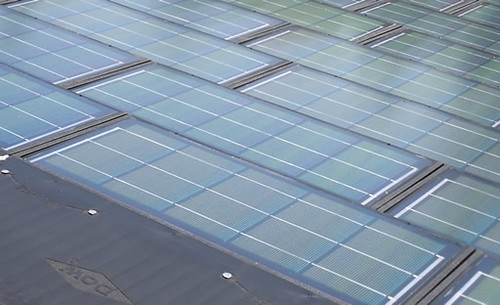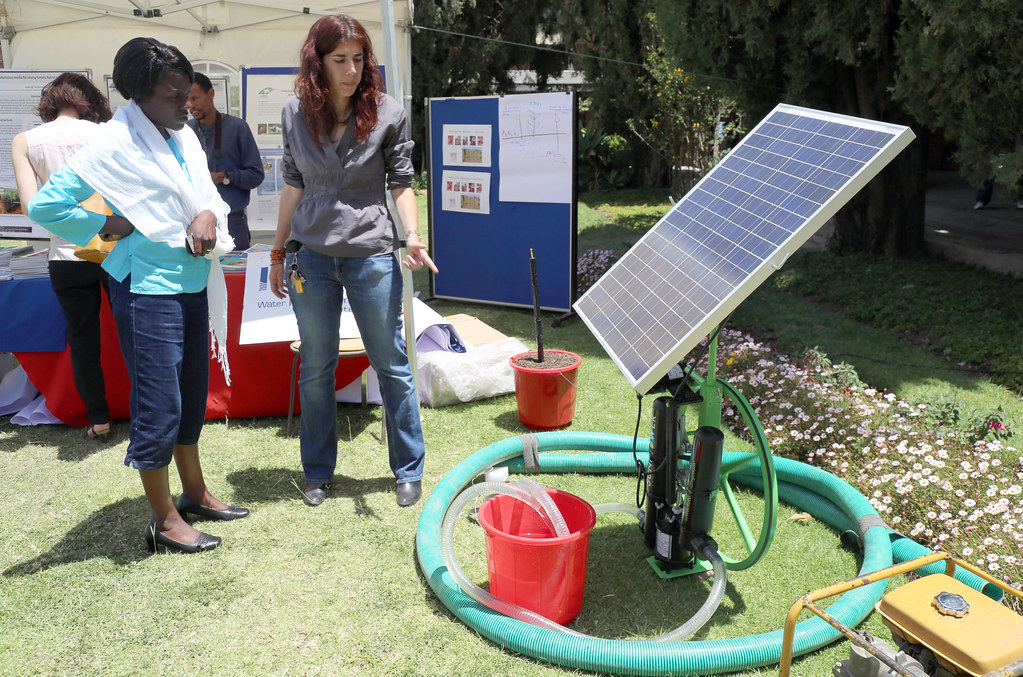Pool and Dam solar panels: Shielding Against Salt, Water Corrosion, and Extreme Weather
solar panels have become a popular renewable energy source. People embrace them for their potential to generate clean energy and reduce electricity costs. At the same time, protecting these systems is crucial for maximizing their lifespan. Regular maintenance and proper installation can significantly enhance performance and durability.
Atmospheric elements can threaten the integrity of these systems, especially those situated near water bodies. pool solar panels and dam solar panels face specific challenges that regular installations do not encounter. The combination of salt exposure, water corrosion, and extreme weather creates unique risks.
Salt from nearby oceans or lakes can lead to rapid deterioration. Marine-grade materials are essential in safeguarding against this type of damage. Flooding and heavy rain can also compromise the efficiency of photovoltaic systems. These severe weather conditions necessitate thoughtful design and installation processes. corrosion protection is a vital consideration in such environments.
Commitment to environmental sustainability continues to drive the adoption of solar technology. However, without adequate protection, investment in these systems might not pay off. Proper understanding of these challenges can help developers and consumers alike make informed decisions.
Understanding Pool and dam solar panels

Definition and Purpose of pool solar panels
Pool solar panels are designed to heat water for swimming pools. These systems use the sun’s energy to warm pool water, making swimming more enjoyable. They reduce the need for traditional heating methods, saving both money and energy. With adjustable positions, installation is often tailored to the sun’s movement throughout the day. Owners can enjoy a comfortable swimming experience without relying heavily on electricity or gas.
Definition and Purpose of Dam Solar Panels
Dam solar panels, in contrast, are utilized alongside reservoirs and water bodies. Their purpose goes beyond just harnessing solar energy; they also contribute to renewable energy production at large scales. These setups are vital for powering nearby facilities and communities. Additionally, they often work alongside hydroelectric systems. The integration allows for maximized efficiency in energy production while sustaining environmental benefits.
Differences and Similarities in Design and Function
Design variations exist between pool solar panels and dam solar panels. Pool panels are generally smaller and simpler in structure. They often consist of long, flat tubes or mats that capture sunlight efficiently. Dam panels, however, are much larger and sturdier, designed to withstand harsh conditions. The materials used for dam systems are typically marine-grade to resist salt and water corrosion, ensuring longevity.
Both types, while different in scale and application, share a common goal: harnessing solar energy effectively. They contribute to environmental sustainability in their respective ways. The need for resilience against extreme weather conditions is vital for both. Pool owners and dam operators must consider the risks of UV exposure and heavy rain. Nevertheless, when implemented correctly, both can serve as reliable sources for solar power. This energy not only warms water or powers facilities but also promotes renewable energy for future generations.
Challenges Posed by Environmental Factors

Salt Resistance and Its Significance in Marine Environments
Damage from saltwater is a serious concern for solar panels placed near oceans or saltwater bodies. Salt can corrode materials and reduce the efficiency of systems. Using marine-grade materials in construction helps tackle this issue. These materials are specifically designed to resist the harsh impacts of salty air and water. A lack of salt resistance can lead to costly repairs, causing downtime for energy production. In marine environments, every bit of shielding against salt counts for long-term performance and durability.
Water Corrosion Effects on Photovoltaic Systems
Water can also cause problems for photovoltaic systems. Whether from rain, standing water, or splash-back around pools and dams, moisture exposure leads to corrosion over time. Metal components are particularly at risk when subjected to constant wet conditions. Water corrosion can compromise the structural integrity of the panels, leading to reduced efficiency and shorter lifespans. Regular inspections and maintenance help mitigate these risks. Choosing protective coatings can be an effective strategy to prolong the lifespan of pool solar panels and dam solar panels alike.
Impact of Extreme Weather Conditions on Solar Panel Performance
Solar installations face many challenges from extreme weather, such as storms and high winds. Heavy rainfall can lead to flooding that submerges equipment, while snow can add weight and stress to the structure. Strong winds may dislodge panels or cause them to function improperly. Retreating from these harsh conditions requires thorough planning and the right design. Adopting robust installation methods and materials ensures better resilience. Energy production can be seriously affected when systems are not equipped to handle such volatile conditions. Environmental sustainability necessitates considering these factors when designing systems meant for challenging areas.
Materials and Technologies for Protection
Pool and dam solar panels face challenges from harsh environments. Salt air can severely damage equipment. For this reason, marine-grade materials are essential. These materials are specially designed to withstand extreme weather and resist damage. They provide an added layer of durability that traditional options might lack.
Corrosion is another significant concern. Advances in coating technologies have made a big difference in maintaining solar energy systems. Some coatings are specifically formulated to prevent water corrosion. This means that the structures can last longer and operate more efficiently even in adverse conditions.
Using high-quality photovoltaic systems also contributes to overall resilience. Better materials provide enhanced performance and reliability. They can generate more energy while also being environmentally sustainable. By investing in superior technology, owners can protect their investment in renewable energy. The long-term benefits are clear, as these systems can endure various challenges while providing valuable energy.
Best Practices for Maintenance of Pool and Dam Solar Panels
Regular cleaning and inspections play a crucial role in maintaining the efficiency of solar systems. Dust, dirt, and algae can accumulate on surfaces, reducing sunlight absorption. A simple rinse with fresh water can make a noticeable difference. Schedule inspections twice a year at minimum to look for any signs of wear or damage.
In environments exposed to salt and moisture, protecting against corrosive elements becomes essential. Choosing marine-grade materials can greatly enhance durability. These specialized materials resist water corrosion and help fend off damage caused by salty air. Sealing any exposed wiring or connections also prevents moisture from causing harm over time.
Extreme weather can be challenging for photovoltaic systems. During storms, strong winds might move or damage panels. Reinforcing mounting systems can provide extra protection. Addressing minor repairs immediately helps avoid costly replacements later. If panels show significant wear, it may be smarter to consider replacements to maintain energy efficiency.
Using a protective coating on surfaces can prolong lifespan. Many of these coatings are designed specifically for pool solar panels. Innovations in technology allow for better options that resist environmental challenges. Frequent checks for rust or any breaches in the protective barrier are wise. Each step taken today contributes to long-term environmental sustainability.
Keeping track of maintenance schedules will help optimize the overall performance of dam solar panels. Using checklists can ensure that no important tasks are overlooked. If you experience any issues, consult professionals who specialize in renewable energy solutions. They can accurately assess damage and recommend the best course of action. Consider developing a partnership with a local maintenance provider to support your needs efficiently.
The Role of Environmental Sustainability
Renewable energy plays a crucial part in combating climate change. As the planet warms, communities face extreme weather patterns that threaten ecosystems and human life. Pool solar panels and dam solar panels can offer sustainable solutions to these pressing issues. By harnessing solar energy, these systems contribute to reducing reliance on fossil fuels.
Efficient use of renewable resources promotes sustainability in various ways. For instance, marine-grade materials enhance the durability of solar panels, allowing them to withstand salt resistance and water corrosion. This durability means that communities near oceans or rivers can benefit from clean energy without frequent replacements. Generating power from the sun reduces carbon footprints while providing reliable energy sources.
Looking ahead, the future prospects for pool and dam solar panels appear bright. They can integrate with existing infrastructures, making the transition to sustainable energy smoother for communities. As technology advances, photovoltaic systems will become more efficient and accessible. Greater adoption of these innovations can lead to increased energy independence for many regions.
Wrapping Up: Protection and Maintenance
Protecting solar energy systems is essential, especially near saltwater and in extreme weather areas. Both pool solar panels and dam solar panels face unique challenges. Corrosion from salt and moisture can shorten their lifespan and reduce efficiency.
One of the key takeaways is the importance of regular maintenance. Frequent inspections help to catch any issues early. Cleaning the surfaces is also vital. Dust and debris can block sunlight, cutting down on power production.
Another important point is choosing materials wisely. Coatings that resist salty air or water can make a significant difference. Strong frames and enclosures protect against wind and rain, enhancing durability.
Thinking about resilience in renewable energy systems is crucial. Strong infrastructure can withstand harsh conditions and unpredictable weather. As we rely more on these technologies, investing in their longevity should be a priority.
The future of clean energy looks bright when systems are well cared for. Whether you use pool or dam solar panels, proper protection and maintenance can lead to years of reliable power. Making these choices now can help pave the way to sustainable living.



